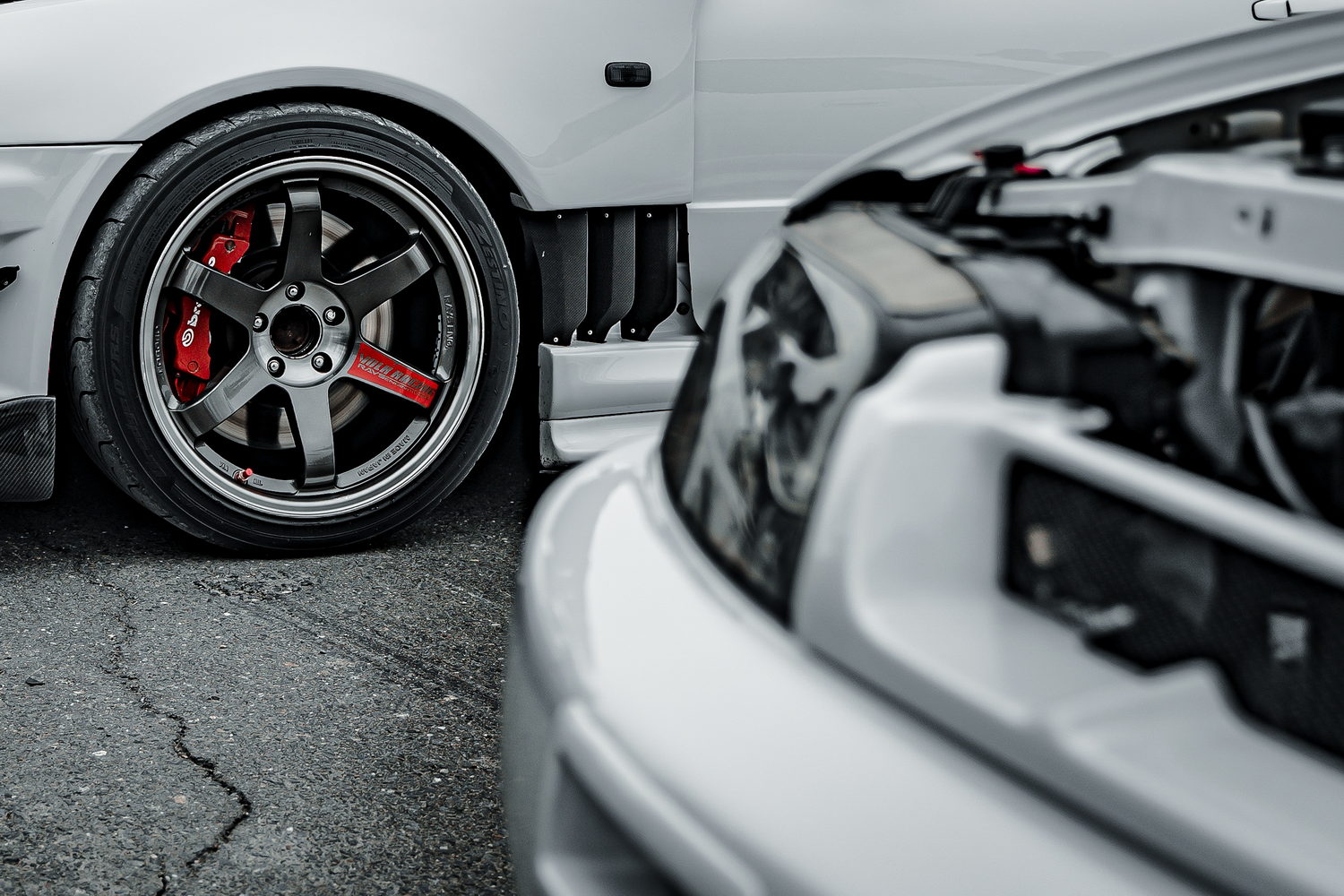New figures from car history checking service Cartell show that imports of cars from Japan have overtaken those from the UK.
Didn’t we always have lots of Japanese imports?
While Japanese imports - right-hand drive and usually fastidiously maintained - have been popular in Ireland for many decades, traditionally, it had been the UK - also right-hand drive, close by and conveniently English-speaking - that had been the biggest supplier of imported cars for the Irish market.
However, Cartell states that the relationship has shifted post-Brexit. In the past ten years, Japanese imports have increased nearly tenfold, from 2,321 in 2014 to 21,716 in 2023. In contrast, UK imports have declined from 44,939 in 2014 to 14,904 in 2023.
Wesley Littleford, Cartell’s Commercial Operations Manager, told CompleteCar.ie: “Like many Irish industries, the automotive sector has had to rapidly adapt to changing import costs and conditions from the UK market post-Brexit. The Japanese market has emerged as a more affordable alternative for dealerships and individual buyers alike.”
How long has this been happening?
As recently as 2015, imports from the UK outnumbered those from Japan by two to one. Indeed, imports from the UK hit such a peak - not least due to the crash in the value of Sterling post-Brexit - that at one stage, it looked as if imports of used UK cars might overtake the number of new Irish registrations.
However, UK imports hit a peak in 2019 and have since fallen away. That can be in large part explained by the fact that it was only in 2020 that the UK, then under the Conservative government led by Boris Johnson, finally fully decoupled itself from the EU. This made the imports of cars into Ireland more paper-work-intensive and more expensive thanks to the imposition of VAT and customs duty charges.
Cartell’s figures show that between 2020 and 2022, Japanese imports nearly doubled year on year: from 4,575 in 2020 to 9,805 in 2021 and 18,524 in 2022. This trend resulted in twice as many used Japanese imports as UK imports in 2023. “The trend seems set to continue for Japanese imports, with roughly twice as many Japanese cars arriving in the country compared to UK imports so far in 2024,” said Littleford.
There is an added bonus to buying cars from Japan: depreciation for new vehicles in that country is generally more savage than it is in Ireland or the rest of Europe. This means - says Cartell - “high-quality vehicles available at lower rates. Japanese vehicles are also increasingly seen as reliable and well-maintained, providing good value for money.”
What are the most popular imported cars?
For the moment, in terms of the actual makes and brands being brought into Ireland, European brands are still on top, with the Volkswagen Golf being the most popular used import, followed by the Polo and the Audi A3. However, Cartell notes that brands like Toyota, Honda and Nissan are also gradually increasing in popularity and that most Japanese cars being imported are aged between six and ten years, with 73 per cent having petrol engines so far in 2024. In comparison, 22.8 per cent are petrol-electric hybrids.
While imports are never as good for an economy as exports, Cartell reckons that the increase in Japanese cars being brought over does open up some interesting upsides for Ireland: “Japanese vehicles often have more advanced technology and fuel efficiency compared to older UK models, which is a positive step towards reducing Ireland’s emissions and promoting fuel-efficient alternatives. While these vehicles need to comply with EU regulations, it can also be seen as a positive impact on niche businesses providing these compliance checks, potential modifications, and adjustments to supply chain and logistics.”

